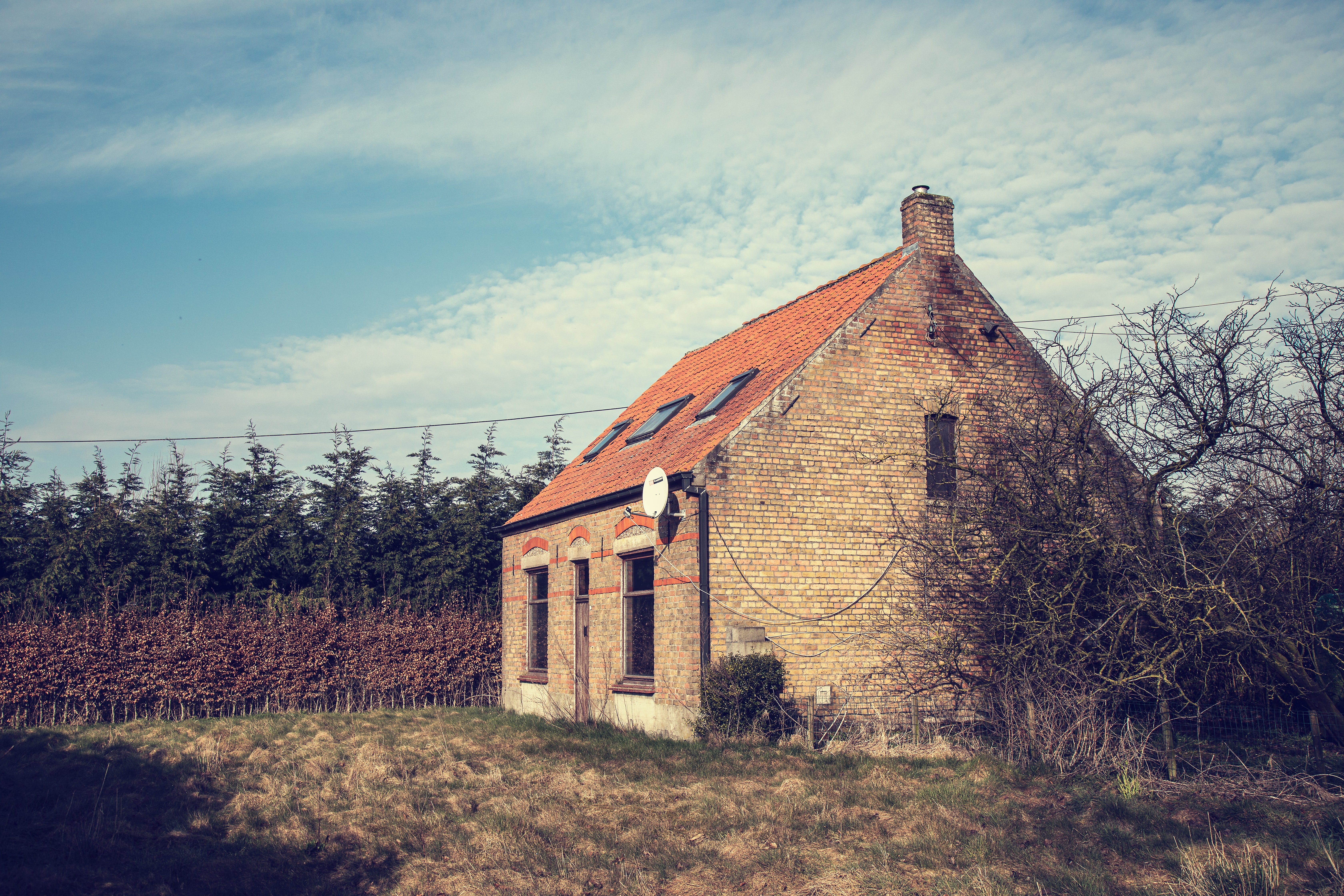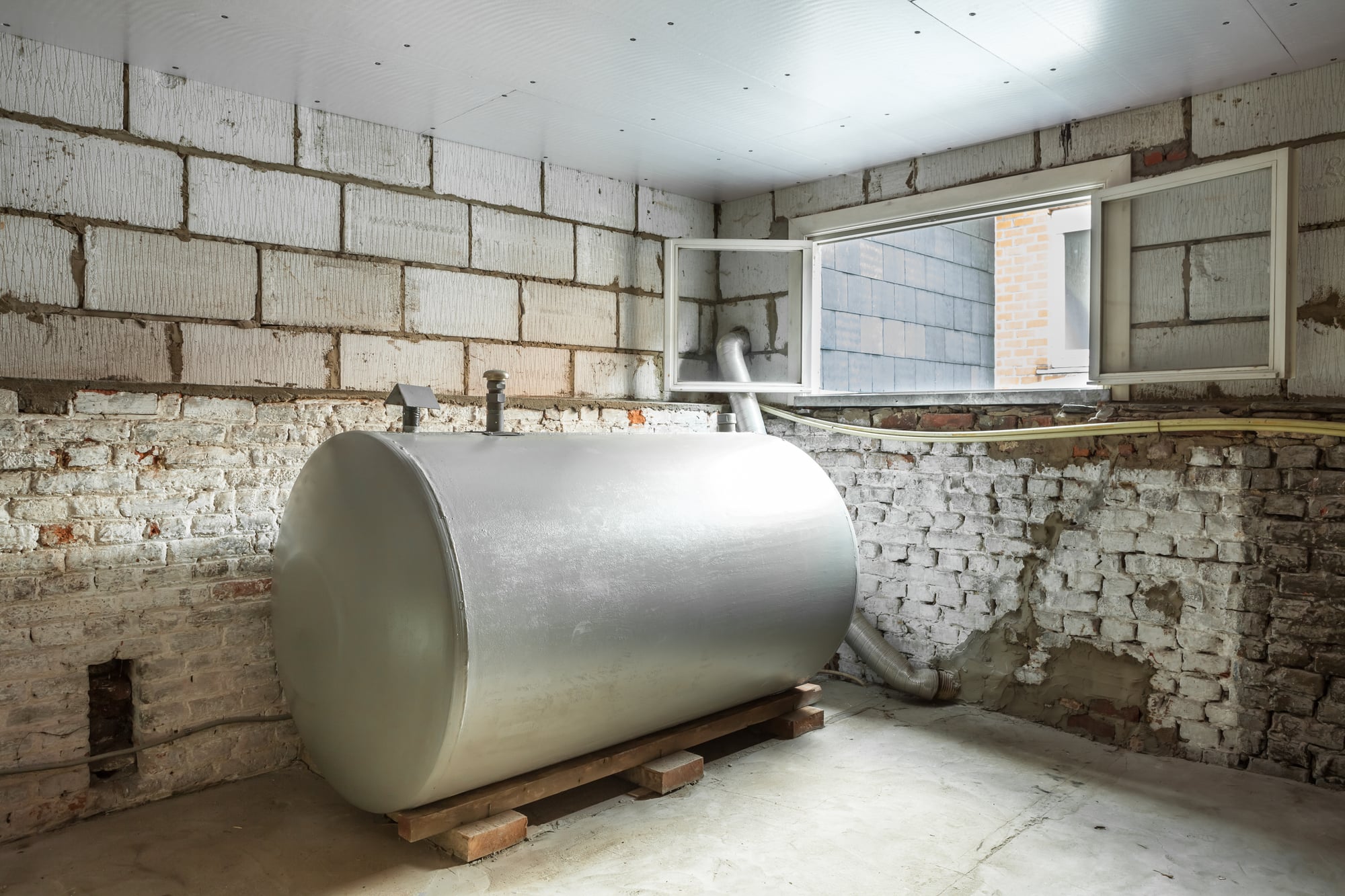If your home or business relies on a supply of oil for heating, it is essential that your oil storage tank is safe and fit-for-purpose. The consequences if it isn’t safe can be seriously damaging to the environment, your home and your finances.
Anyone who stores oil on their premises, whether a home, farm or business, has a duty to ensure it won’t leak. Heating oil can cause serious problems if it gets into the environment. It can pollute rivers, harm wildlife and contaminate the ground and drinking water.
As an oil tank owner, you are responsible for any environmental clean-up costs. The cost of an environmental clean-up could be up to £50,000, with a devastating effect on your home and family. And most insurance companies won’t cover a policy holder for an oil spill.
It is vital that oil is only ever stored in tanks that are in good condition. Both the tank and pipework should be inspected regularly, and you should never buy more oil than you can safely store.
The average lifespan of a metal fuel storage tank is around 20 years, while a plastic tank has a life expectancy of 10-15 years. Some tanks may last longer than this with careful maintenance, but the risk of a costly tank failure increases with age. You must never hesitate to replace an ageing tank if there is any risk at all, whether you identify it yourself or it is identified by an OFTEC technician.
OFTEC is the trade association for the off-gas grid heating sector and aims to ensure that consumers have safe and efficient heating. Your oil tank should always be fitted by an OFTEC registered technician, who will be able to self-certify the safety of the oil tank installation in England and Wales, without the need for approval from your local authority.
When your boiler is serviced, the engineer will carry out a safety inspection of the tank. They must notify you of any defects to the tank or non-compliance with the regulations. If you are advised by an OFTEC technician that your oil tank is in poor condition and at risk of leaking, it is essential that you replace it.

Fire safety
Although it is highly unlikely that your oil tank will catch fire, it is important that you take action to minimise the risk, and that you follow the OFTEC regulations which cover the safety of an oil tank connected to a boiler.
The regulations state that an oil tank should be:
- 1.8 metres away from non-fire rated eaves of a building or non-fire rated buildings such as garden sheds
- 1.8 metres away from openings such as doors or windows in a fire rated building such as a brick house or garage
- 1.8 metres away from the flue terminals of oil fired appliances
- 760 millimetres away from any non-fire rated boundaries such as a wooden fence
- 600 millimetres from any foliage
- 600 millimetres away from non-fire rated screening that doesn’t form part of the boundary, such as a decorative hedge or trellis
- If you find that you cannot secure your tank at the recommended distances from these materials, you need to ensure you place a protective barrier around the tank, which will last at least 30 minutes in the event of a fire.
Checking your tank for damage
Regardless of the age of your tank, it is recommended that you carry out a check for damage at least once a month. This is especially important in tanks which are over 10 years old.
Damage to your oil tank can happen for a variety of reasons, including cold weather and sun exposure. Although older tanks are more likely to become damaged, it can occur at any age, so regular checks are essential.
An inspection of your oil tank shouldn’t just be of the tank itself, but should also include the base, surrounding area and any visible pipework. You should look for any changes to the tank and surrounding area since the last check was carried out, as well as anything which could indicate a leak is likely to happen or has already happened.
Signs of die-back in the surrounding vegetation could indicate that there is a leak coming from the fuel tank. Be careful not to allow the vegetation to become overgrown, as this could make it harder to check the tank and spot any potential dangers. If your tank is located close to a wall, it may also make it difficult to carry out a safety check of every side of an oil tank.
Signs of damp on the base or supports of the fuel storage tank could indicate an oil leak. You may also spot other signs of damage, such as staining. Joints and connection points are more susceptible to damage, so make sure you check them thoroughly.
Plastic oil storage tanks cannot be repaired once they have started to deteriorate, so it is important to pick up the signs of a fault developing early to prevent an accidental spill.
Whitening and discolouration is a sign of surface bleaching by exposure to UV light from the sun. Sun exposure causes the plastic to expand and can lead to deformities in the plastic, like twisting and bowing. In extreme cases, these deformities can become cracks, which could cause a dangerous oil leak.
The most common form of damage to plastic oil storage tanks is caused by cold weather in the winter. Freezing temperatures causes the plastic of the tank to weaken. Over time, this can cause damage to the oil tank, usually in the form of cracks and splits.
In addition to your own regular checks, a delivery driver should always carry out a safety check of your oil tank before dispensing any fuel. Should the driver notice any signs of damage, or have concerns about the condition or placement of your oil tank, they may decide that it would be unsafe to carry out the delivery.
Bunded oil tanks
One of the best ways to ensure that your oil tank is safe for use is to use a bunded oil tank, rather than a single skin tank.
A bunded oil tank employs a double layer ‘tank within a tank’ design, making it much safer than a single skin design. Fuel stored in a bunded oil tank would need to break through two protective layers rather than just one before it could escape and cause problems. If a leak does happen, the contents will be stored safely and securely in the outer tank. This second layer will buy you valuable time to resolve the situation before the oil causes environmental damage.
This bund (outside layer) must be able to take the contents of the inner tank plus an extra 10%, so in other words it must have 110% capacity to comply with the law.
While a bunded oil tank is a legal requirement in many situations, it makes a lot of sense to use one even if it’s not a legal requirement for you.
You are legally required to use a bunded oil tank if your oil tank is for a business or in these situations:
- Where oil spills could run into an open drain or a loose manhole cover
- If your tanks holds more than 2,500 litres of oil
- Where the tank vent pipes cannot be seen when the tank is being filled, for example because the delivery tanker is parked too far away
- Where the tank is located within 10 metres of coastal waters or inland fresh waters like rivers, ponds, lakes or stream
- Where the tank is located within 50 metres of a drinking water source, for example a well, borehole or spring
- Where the tank is supplying heating oil to a building other than a single family home eg a block of flats or a holiday house
- Where oil spills could run over hard ground and reach coastal waters, inland fresh waters or a drinking water source
- Where the tank is within an Environment Agency groundwater protection (SPZ) zone 1 (find out more at www.environment-agency.gov.uk)
- Where the tank is in close proximity to any other environmental hazard.

Do you need a plastic oil tank or a metal one?
Oil tanks come in all shapes and sizes to suit your needs. Your oil tank can be made of either plastic or metal (steel). It should be manufactured to OFTEC standards to minimise any risks. While a metal tank is generally the safer option, there are advantages and disadvantages of both types.
Whether you choose a plastic or steel tank will largely depend on what you are using it for. Metal tanks can offer a much greater fuel storage capacity than plastic tanks. However, a plastic tank can be easily moved if required.
Advantages of plastic tanks:
- Lightweight, so installation and transportation is easier and cheaper
- Can be custom made
- An insulator, so the contents heat up very slowly
- Pliable, while the shape can deform, it can be easily corrected with little damage.
Disadvantages of plastic fuel storage tanks:
- Soft material can become damaged more easily and is more prone to oil theft, as it’s easier to drill a hole into the tank
- Exposure to sunlight can degrade and weaken the plastic, making it less suitable for use outdoors
- Restricted to a smaller capacity because the integrity of larger tanks would be affected by a large volume of oil.
Advantages of steel tanks:
- Available in much larger capacities, meaning you can take advantage of cheaper fuel prices
- Sturdier material means it is able to withstand more impact and there is less chance of oil theft
- Non-porous material means it won’t absorb the fuel and is able to be recycled.
Disadvantages of steel tanks:
- Will corrode over time if not regularly maintained
- Heavier than plastic, making it more challenging and expensive to install and transport.
If your oil tank has been properly installed by an OFTEC technician, meets the safety regulations for its location and you check it regularly, you should feel reassured that it is safe.
But keep checking for these early warning signs that something might be wrong: splits or cracks; rust; bulging; a sudden increase in fuel usage; a strong fuel smell; subsidence on the base; and tanks overgrown with foliage.
If you have any concerns at all about the safety of your oil tank, always contact an OFTEC registered technician who can advise you.



